Sean Scully
Overlay
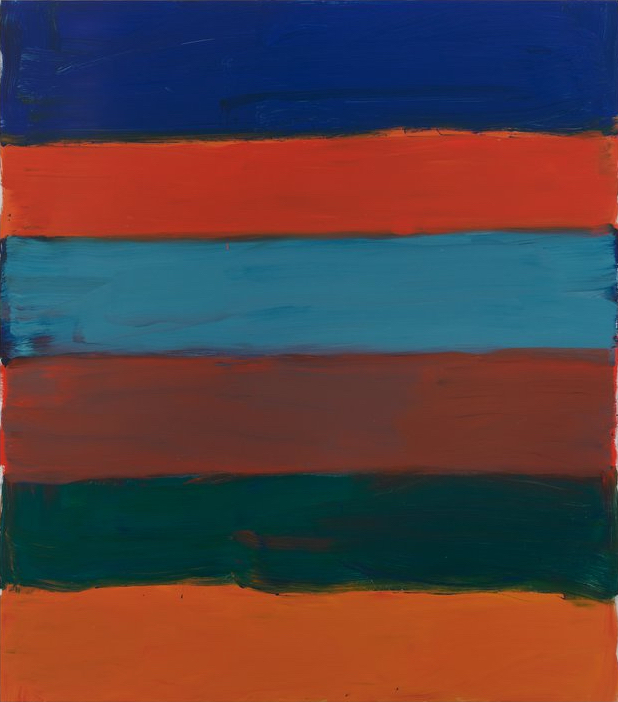
Sean Scully, Landline Orange Ray, 2021 © Sean Scully, courtesy Kewenig
The power of a painting has to come from the inside out, not the outside in. It’s not just an image. It’s an image with a body and that body has to contain its spirit…What’s behind it decides everything. How it starts will define how it ends.
Sean Scully
KEWENIG presents the third solo exhibition of paintings by Sean Scully (b. Dublin, 1945) in the Berlin gallery. Spanning almost 50 years of the Irish-American artist’s career, the exhibition gathers major large-scale paintings from the 1970s until today, with examples from the most important groups of works like his famous ‘Figure’ or ‘Wall’ series as well as one of his most recent ‘Dark Window’ paintings. Renowned as one of the most significant abstract painters of our time, Scully has dedicated almost his entire career to his core motif of vertical and horizontal colour blocks and stripes. Continuously redefining abstraction, he has created a vast body of works that transcend way beyond this formal vocabulary and palette, exploring the nature of interpersonal relationships while the aura of the works ranges from the romantic to the melancholic.
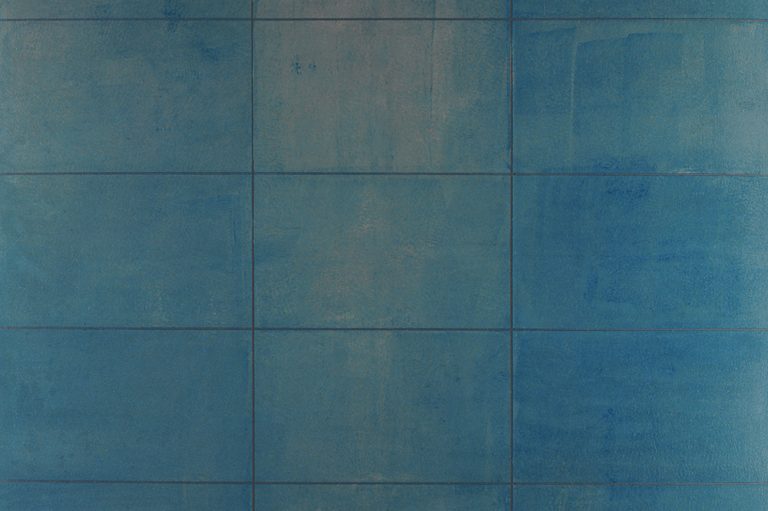
Sean Scully, Untitled, 2021 © Sean Scully, courtesy Kewenig
I think that I make chords when I paint, so I think you would be listening to the cello. It’s deep, and it’s resonant. A lot of people have compared me to Brahms – that slightly melancholic sensuality that’s highly structured. Well, that describes my work right there.
Sean Scully
In his famous ‘Landline’ series, begun in 2013, bands of colors are stacked to form horizons evoked in landscapes. The boundaries of sea, land and sky come to touch each other and create equilibrium as well as tension. In “Black Window Grey Land“ (2020) the Romanticism of these abstract landscapes meets the Suprematist paradigm of a pure monochrome shape. The black rectangle in the picture panel is not painted over, but actually inserted within the larger aluminium panel. While clearly referencing Kazimir Malevich’s “Black Square”, Scully is contemplating his own work by literally opening up the painting.
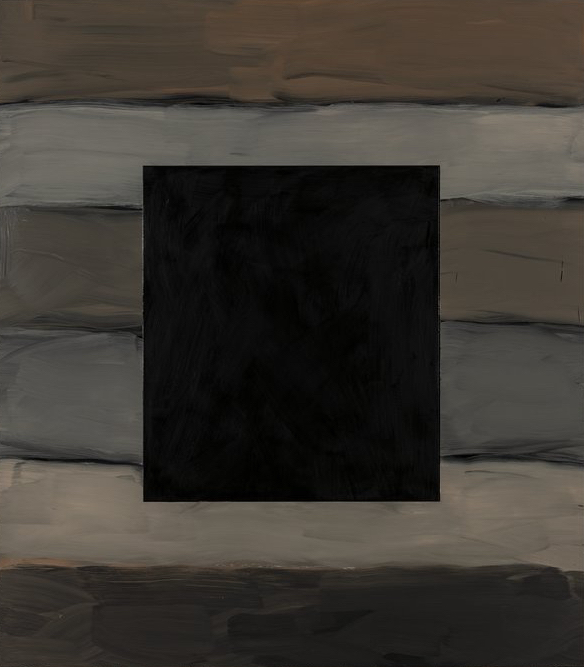
Sean Scully, Black Window Grey Land, 2020. © Sean Scully, courtesy Kewenig
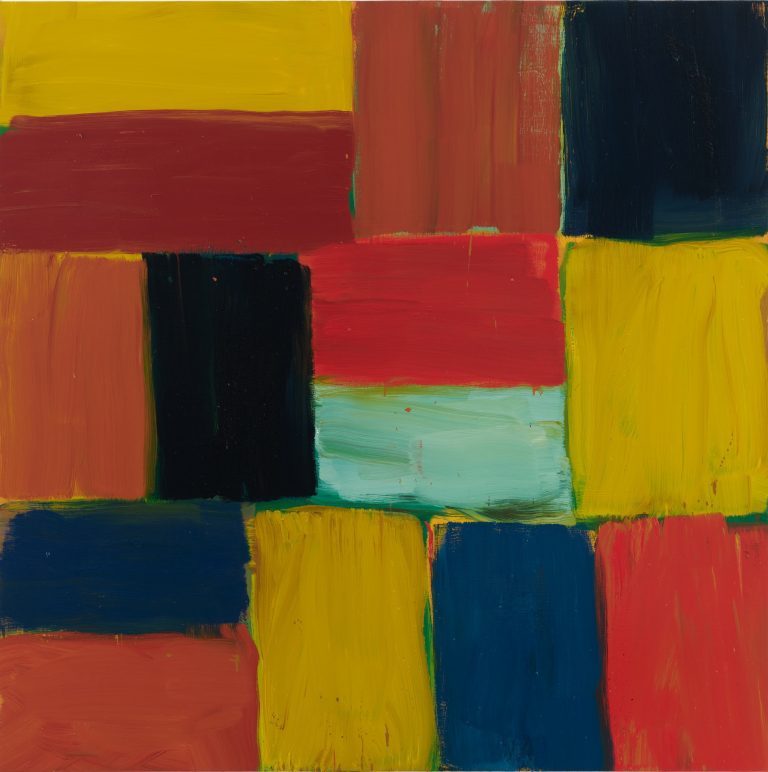
Sean Scully lives and works in New York, in Königsdorf in Bavaria, in Aix-en-Provence and has a further studio in Berlin.
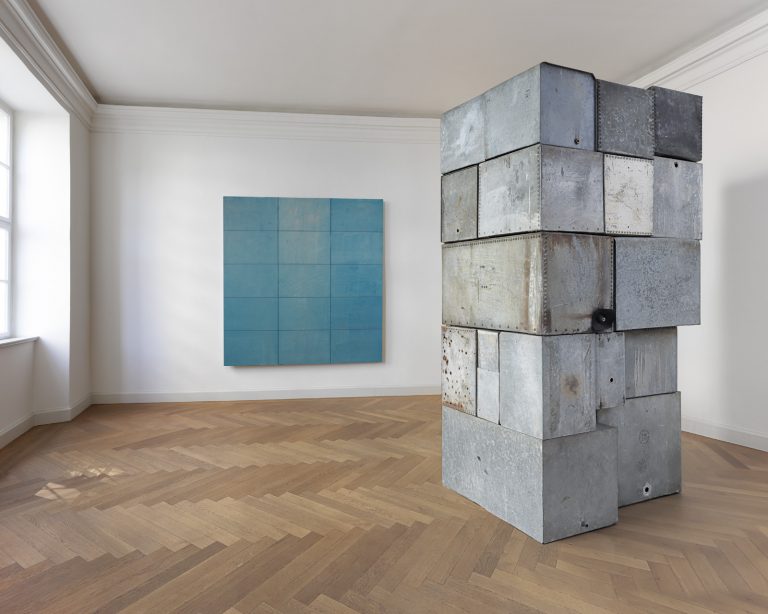
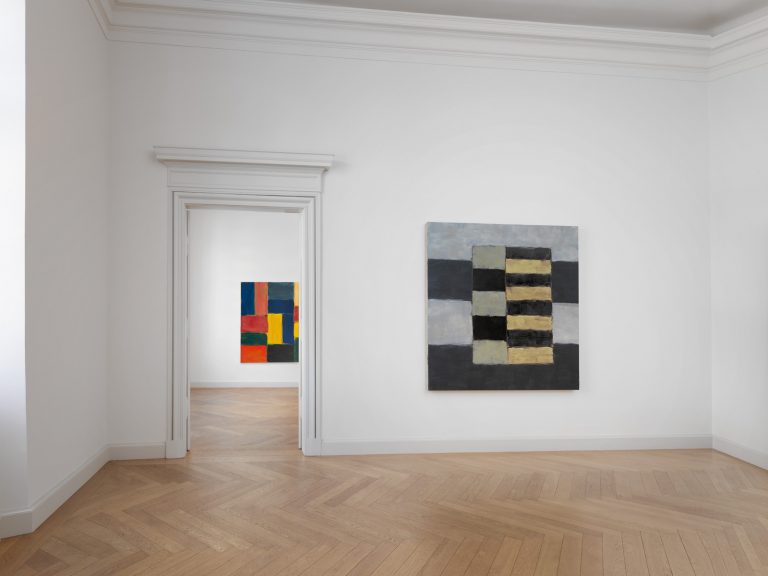
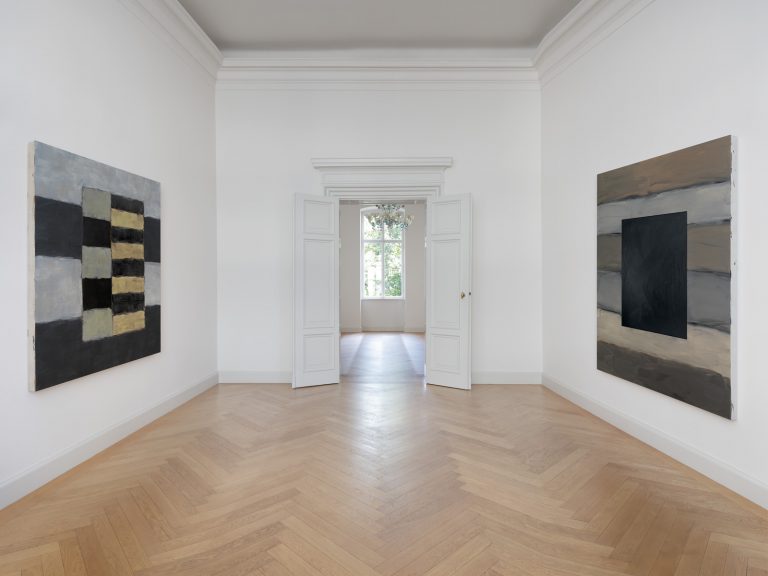
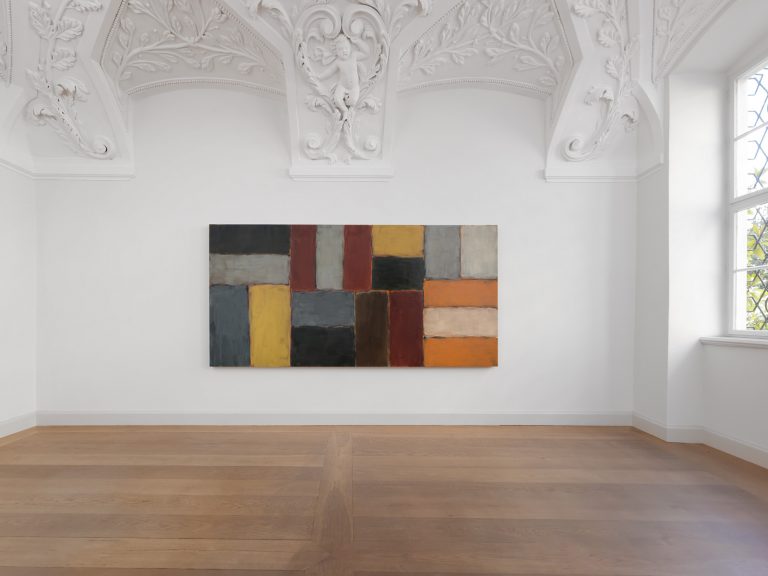
Jamie Diamond*
365 Days: 1938/2017
Through collaborations with strangers, mimes, professional actors and untrained outsider artists, I use recognizable photographic language to make objects, construct events, and forge artificial histories and relationships for the camera, exploring the inherent fictions and complex perspectives of photography, and the conflation between the documentary and constructed tableaux genres.
Jamie Diamond
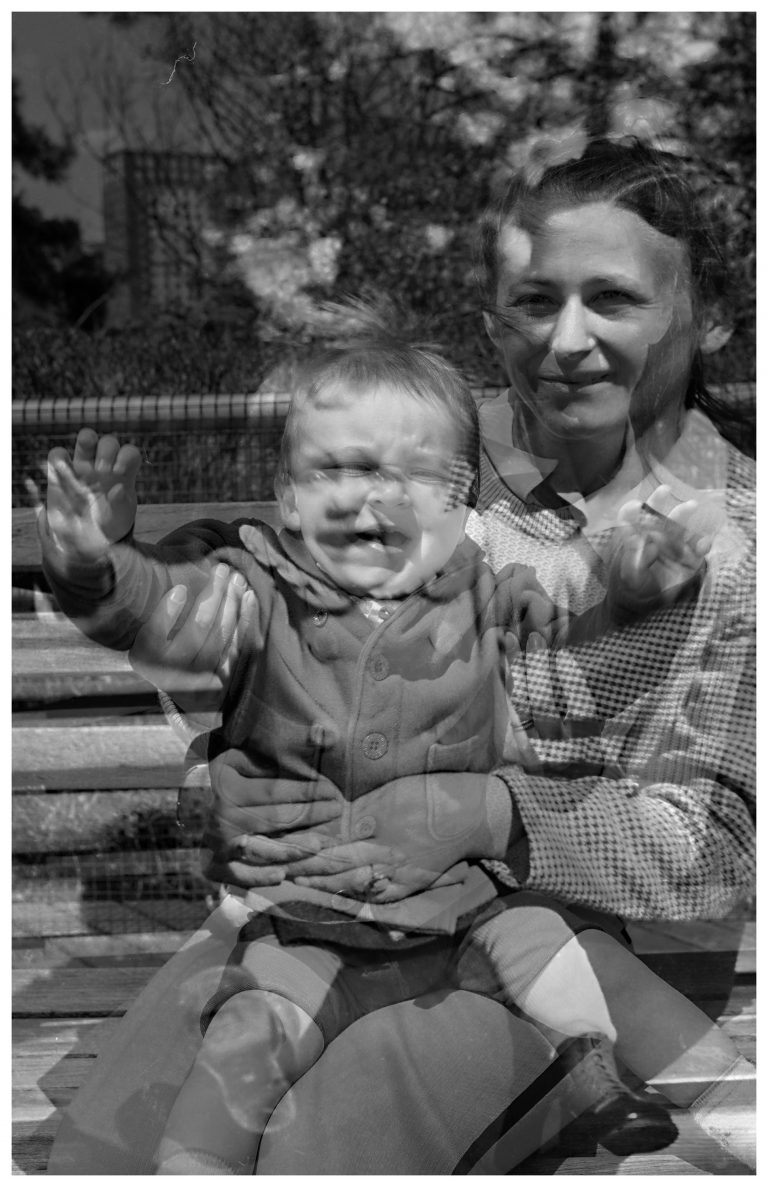
Jamie Diamond, 361 days, 1938/2017. © Jamie Diamond, courtesy Kewenig
Kewenig is delighted to present the first exhibition of Jamie Diamond at the Warehouse in Berlin Moabit, with a series of photographs. Through performance and photography Diamond explores concepts of identity, memory and intimacy which form the core of ‘365 Days: 1938/2017’.
The point of departure of this series is a family album Diamond found at a flea market in Berlin during a visit in 2015. Dated 1938, these photographs record the first year of a young child’s life, each page outlining the child’s age in days. In 2016, after the US presidential election cast a shadow on the years to come, Diamond, pregnant, recalled the photographs and started to identify with the mother of the child and imagined her story at the dawn of the Second World War.
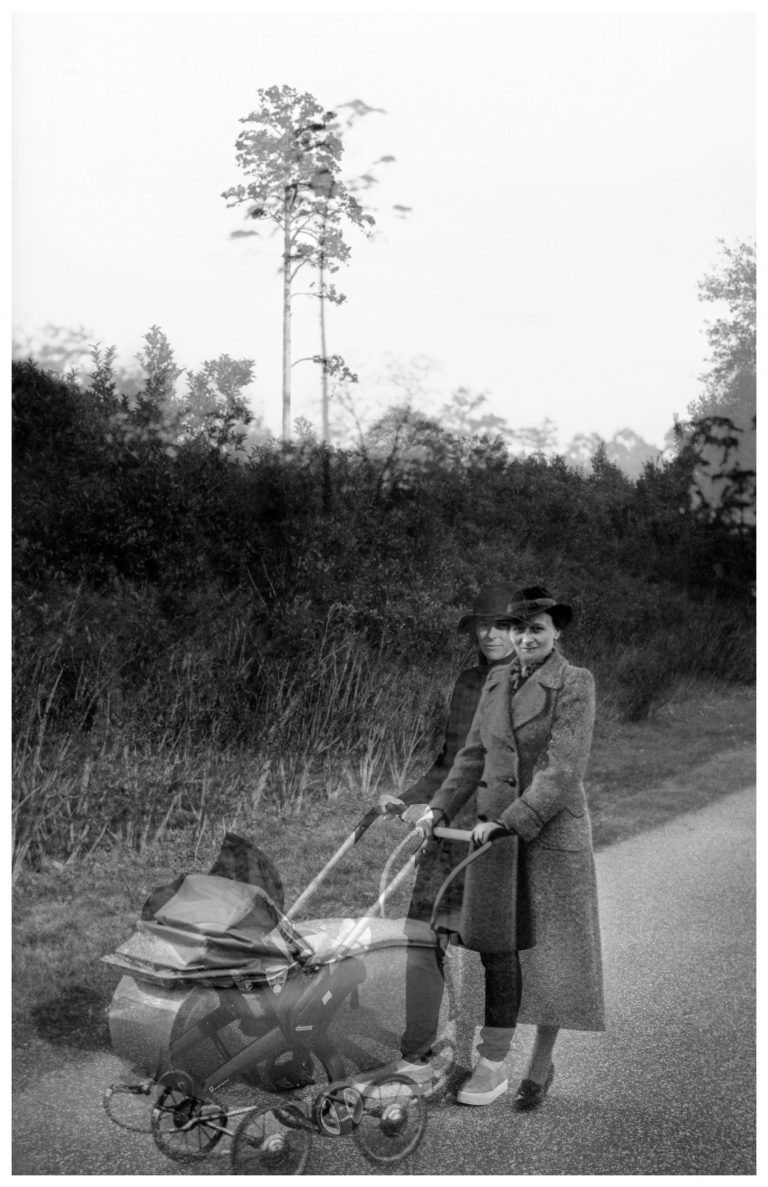
Jamie Diamond, 361 days, 1938/2017 © Jamie Diamond, courtesy Kewenig
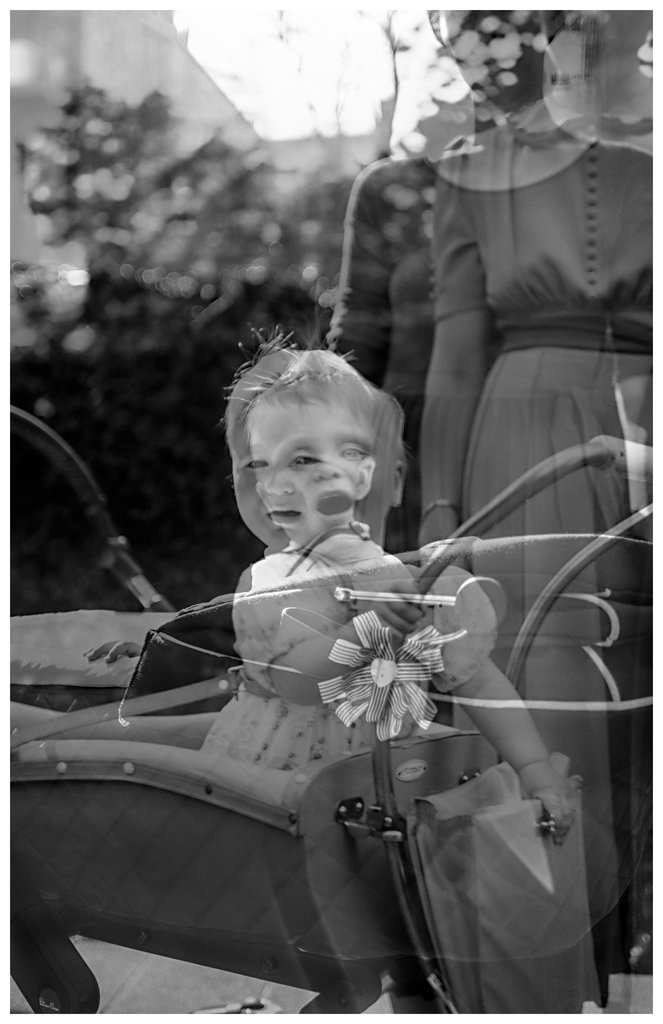
Jamie Diamond, 217 days, 1938/2017. © Jamie Diamond, courtesy Kewenig
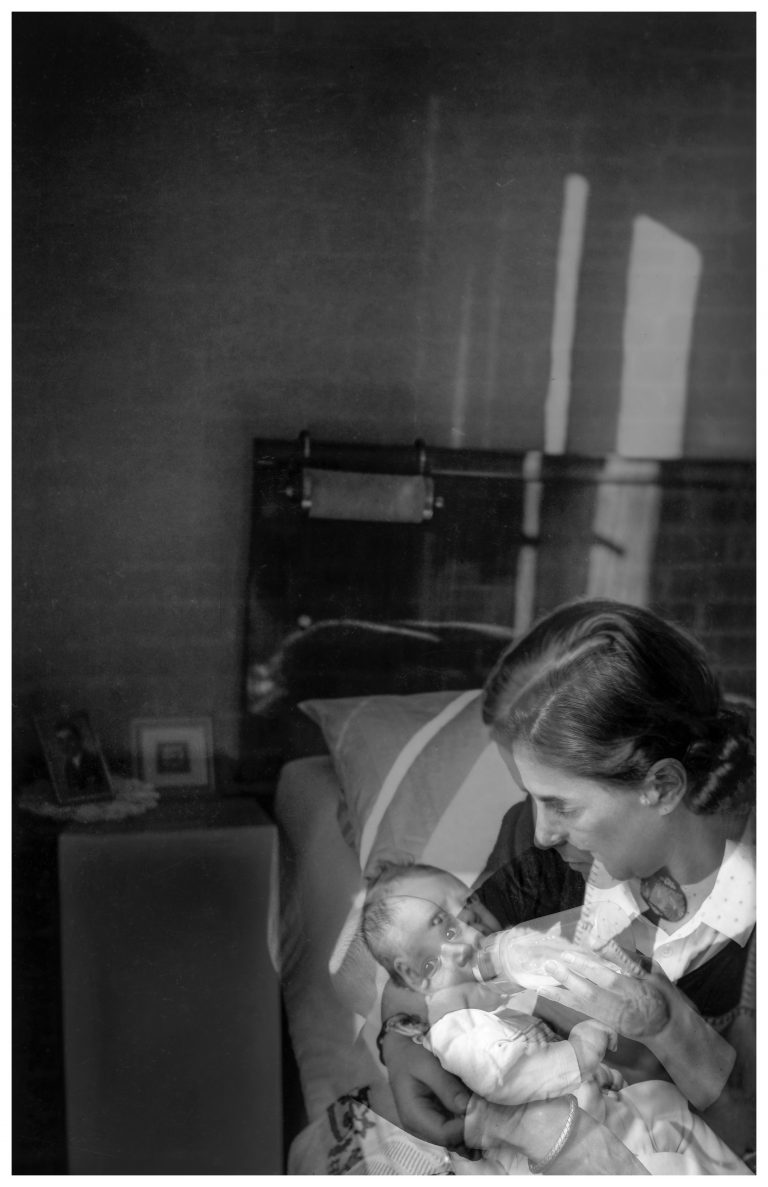
Jamie Diamond, 40 days, 1938/2017. © Jamie Diamond, courtesy Kewenig
Diamond re-enacted the scenes from the 1938 pictures, using similar locations, furniture and poses with her then born son while matching the time frame of the album. She then merged both photographs into one composition, emphasising the transparency of either one of them. The discrepancies between the overlaid images reveal the tensions and similarities between 1938 and 2017, Germany and America, documentation and interpretation – collapsing space, time and remembrance in one photograph. By imitating the intimacy of strangers, Diamond questions the authenticity of these memories, and how these images are designed to fit into expectations. Her photographs betray an intimacy that fades away into collective consciousness.
Jamie Diamond (b. 1983) lives and works in New York.
For the last 15 years, I have been making art about the human desire for intimacy, real and imagined, organic and synthetic. I am interested in photography’s role in the construction of personal myth and the fabrication of memory, as well as the disparity between image and reality.
Jamie Diamond
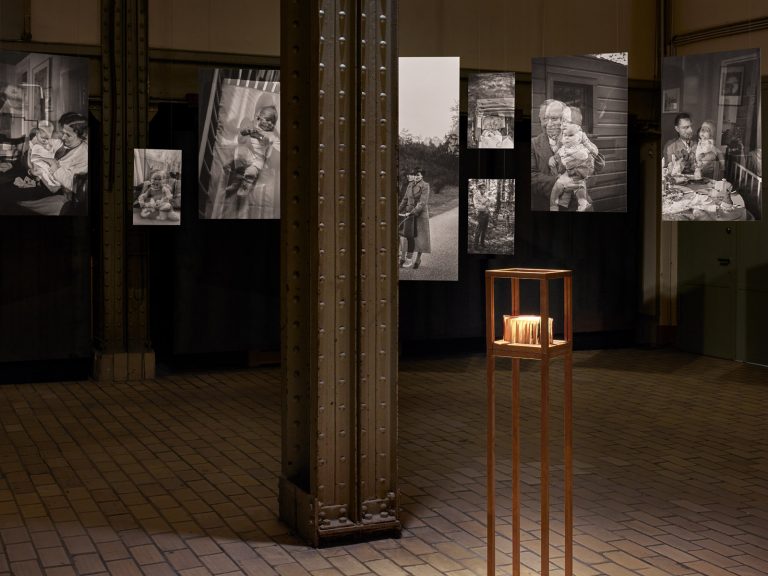
Exhibition view: Jamie Diamond, 365 Days: 1938/2017, Kewenig Warehouse, Berlin (15 September–30 October 2021). © Jamie Diamond. Courtesy Kewenig. Photo: Lepkowski Studios, Berlin.
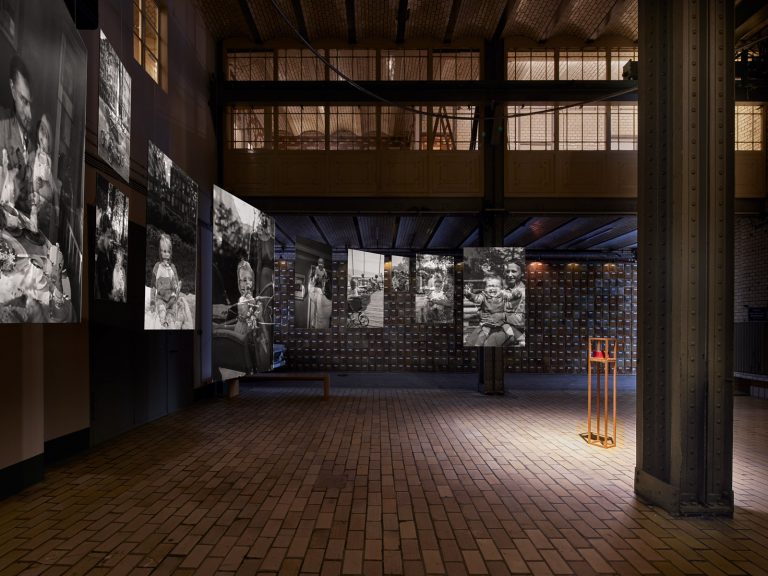
Exhibition view: Jamie Diamond, 365 Days: 1938/2017, Kewenig Warehouse, Berlin (15 September–30 October 2021). © Jamie Diamond. Courtesy Kewenig. Photo: Lepkowski Studios, Berlin.
